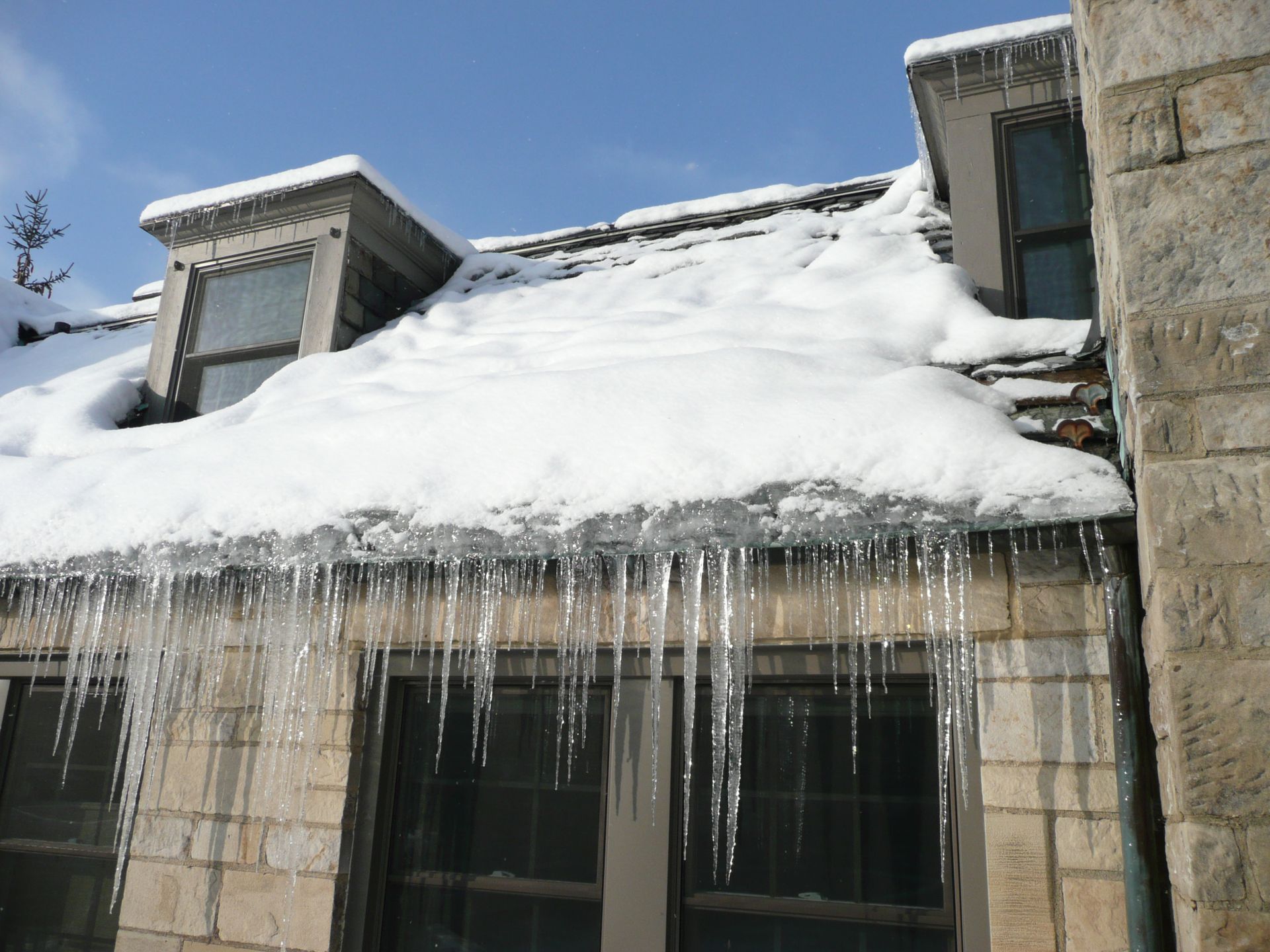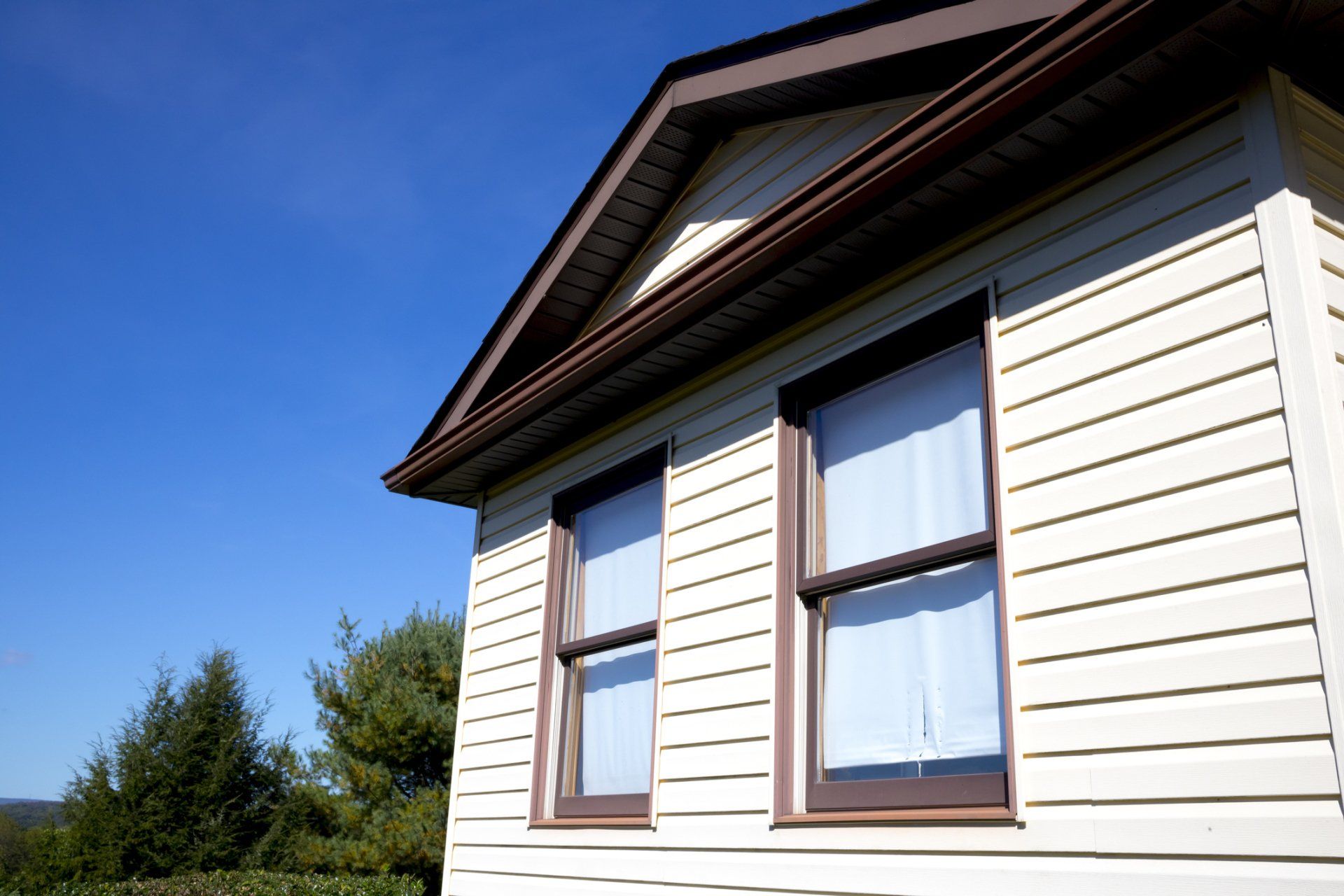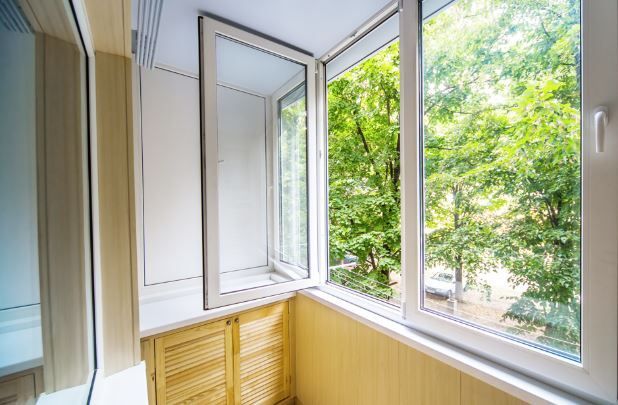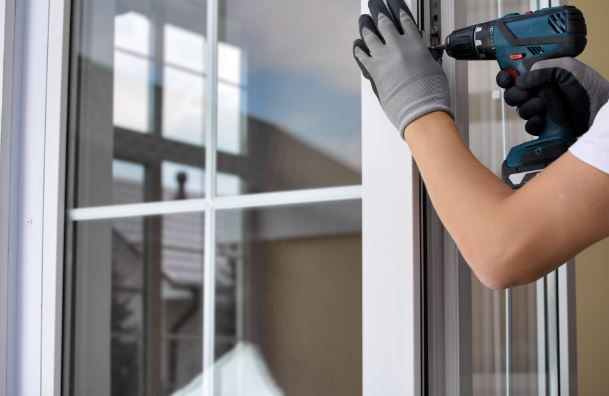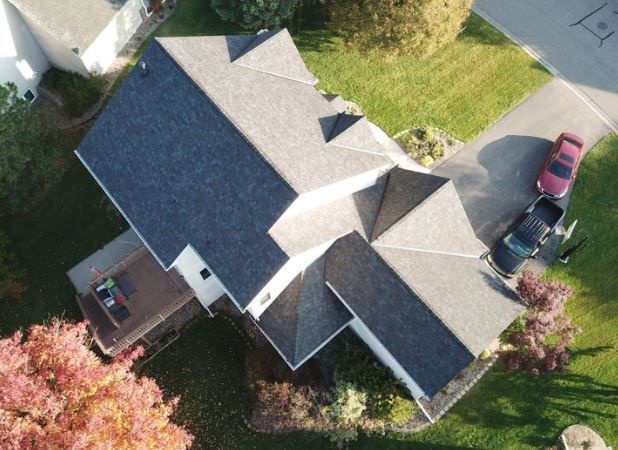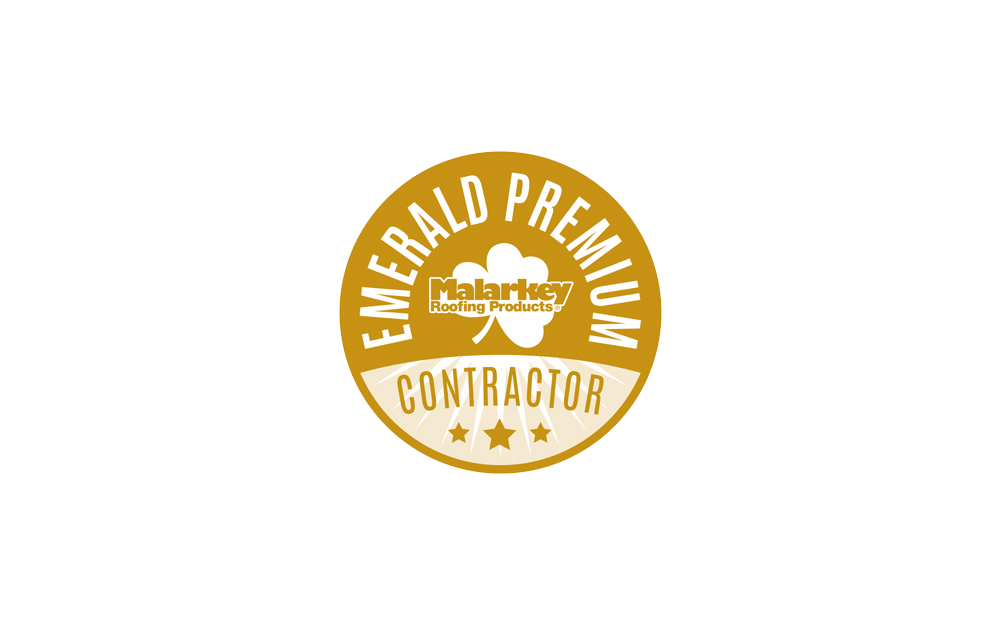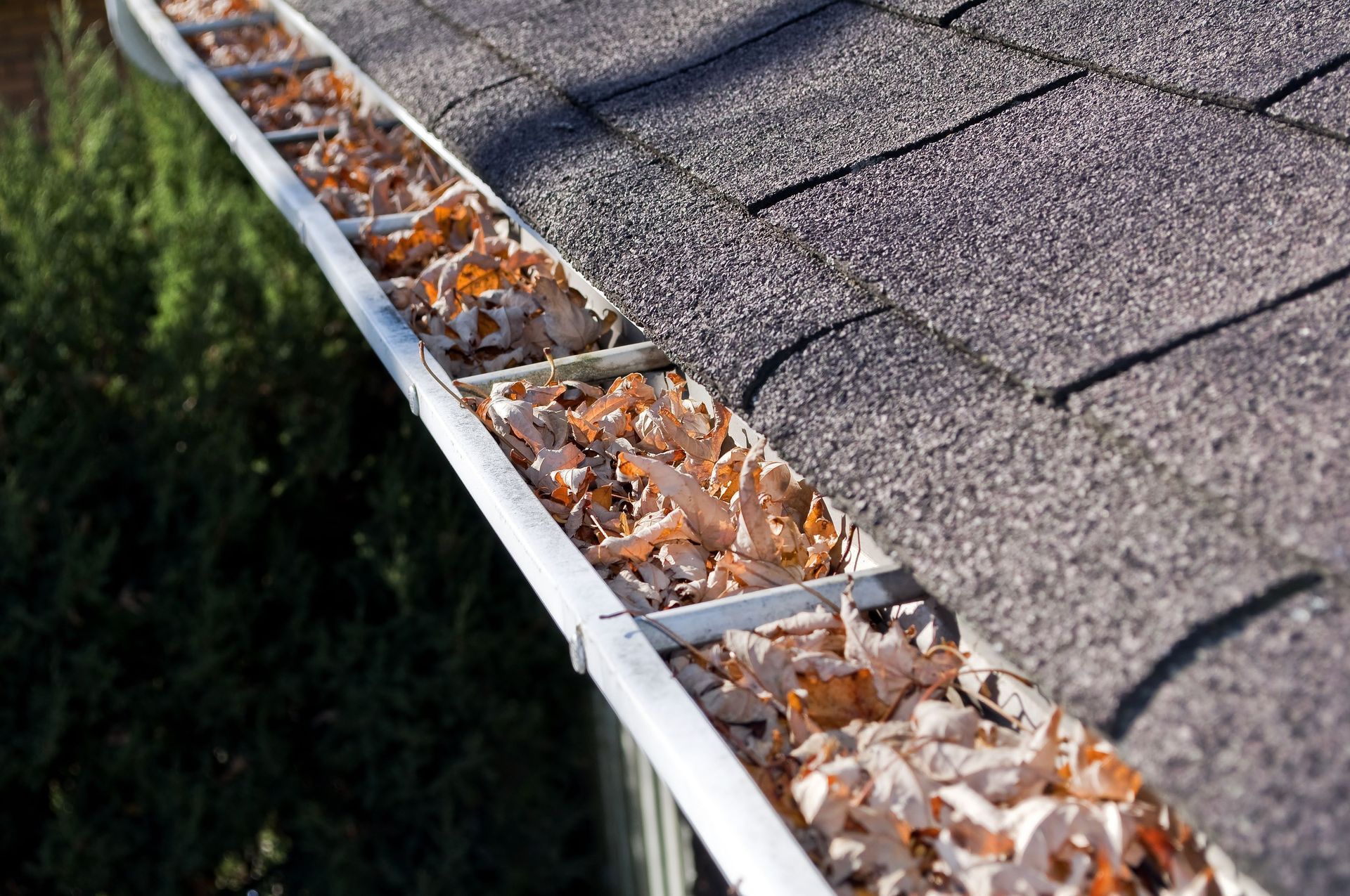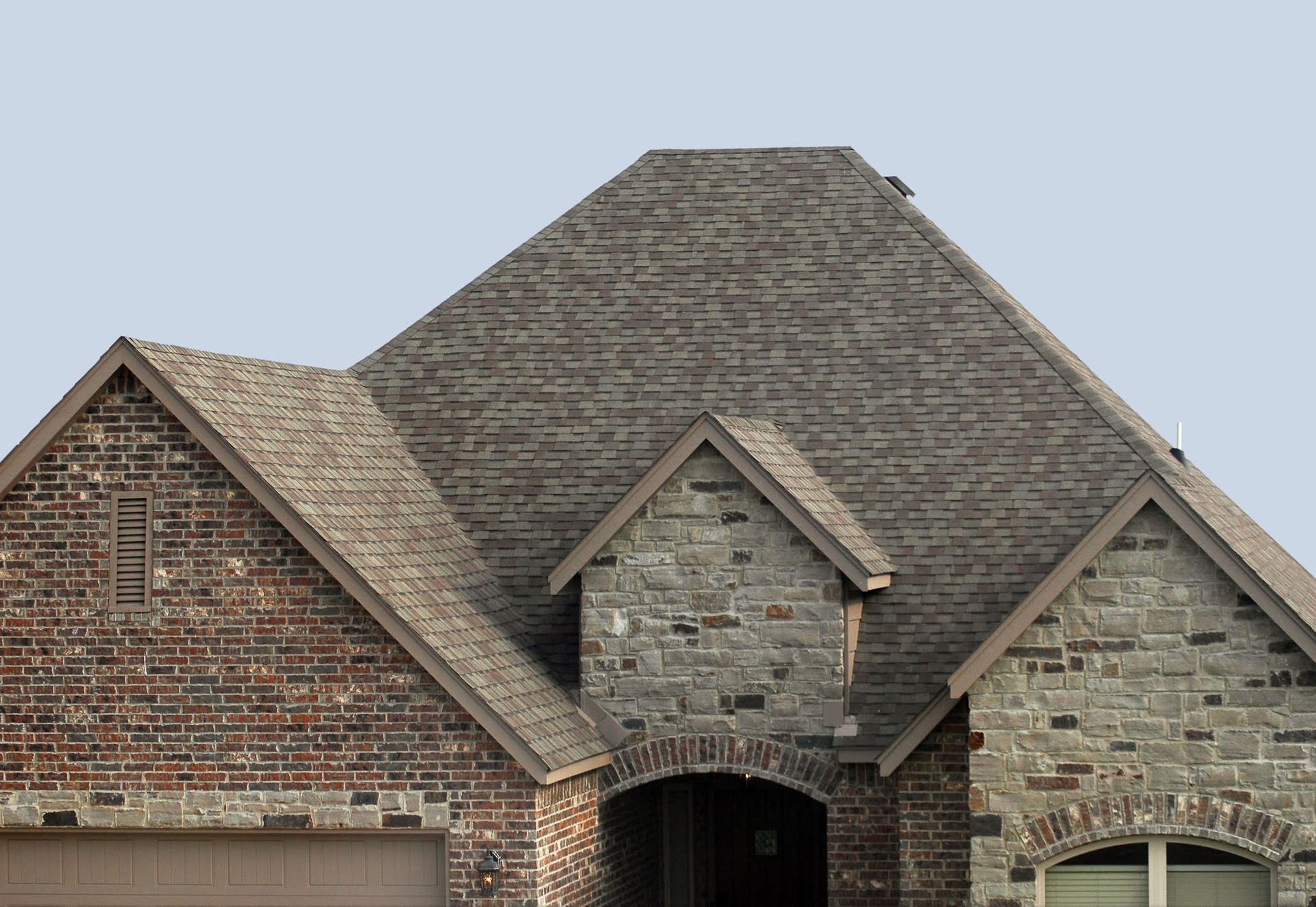The Timberwolves Green Roof
As I am putting this together, the wolves are down 3-0. As a young Timberwolves fan, I remember the days where tickets were almost a dollar, seats were empty, and they purposely closed off sections because they couldn't meet demand. Sure it doesn't feel good to be down 3-0, but it is a great start to a bright future.
One day I was mindlessly scrolling through social media, and I noticed that the official Timberwolves account posted a picture of the Target Center, as a Naz Reid meme:
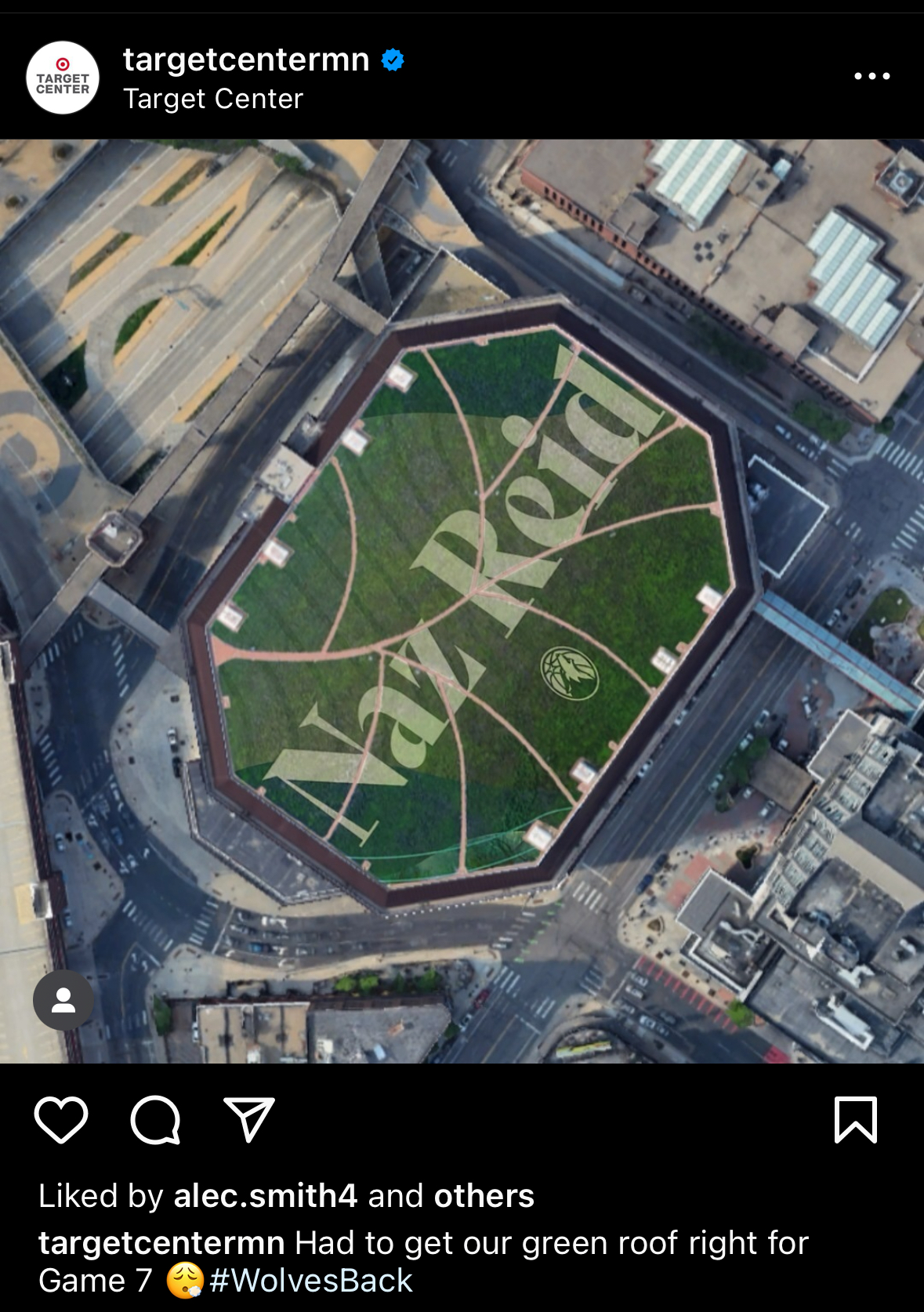
Turns out after digging deeper, the Timberwolves are playing underneath a big ole lawn!
The Target Center's Green Roof: A Model Of Urban Sustainability
The Target Center, located in downtown Minneapolis, is not only known for being the home of the NBA's Minnesota Timberwolves but also for its innovative approach to urban sustainability. One of the most remarkable features of the arena is its expansive green roof, which serves as a testament to the city's commitment to environmental stewardship.
What Is A Green Roof?
A green roof, also known as a living roof, is a layer of vegetation planted over a waterproofing system installed on a flat or slightly sloped roof. These roofs provide a myriad of environmental, economic, and social benefits, making them a popular choice in urban areas around the world.
The Target Center's Green Roof: An Overview
Completed in 2009, the Target Center's green roof covers an impressive 113,000 square feet, making it one of the largest green roofs in the United States. This ambitious project was part of a $5.3 million renovation aimed at enhancing the arena's sustainability. The roof features a diverse array of native plants that are well-suited to Minnesota's climate, requiring minimal maintenance and irrigation.
Environmental Benefits
Stormwater Management: One of the most significant benefits of the Target Center's green roof is its ability to manage stormwater. The roof can retain up to 1 million gallons of stormwater annually, reducing the burden on the city's stormwater infrastructure and decreasing the risk of flooding.
Improved Air Quality: The vegetation on the roof helps to filter pollutants from the air, contributing to better air quality in the surrounding area. This is particularly important in urban environments, where air pollution can be a significant issue.
Temperature Regulation: Green roofs provide natural insulation, helping to regulate the temperature inside the building. This reduces the need for heating and cooling, leading to lower energy consumption and reduced greenhouse gas emissions.
Urban Heat Island Effect: By covering a large expanse of what would otherwise be a heat-absorbing surface, the green roof helps to mitigate the urban heat island effect, where cities experience higher temperatures than their rural surroundings due to extensive concrete and asphalt surfaces.
Economic Benefits
Energy Savings: The natural insulation provided by the green roof translates into significant energy savings. The reduced need for air conditioning in the summer and heating in the winter helps to lower the Target Center's energy bills.
Extended Roof Lifespan: The green roof protects the underlying roofing materials from UV radiation and extreme temperature fluctuations, extending the roof's lifespan and reducing the need for costly repairs and replacements.
Increased Property Value: Sustainable features like green roofs can enhance the value of a property. They are often seen as attractive amenities that can improve a building's marketability and appeal.
Social And Community Benefits
Aesthetic Appeal: The green roof adds a visually pleasing element to the urban landscape, providing a green oasis in the heart of the city. It enhances the overall aesthetic of the Target Center and its surroundings.
Biodiversity: The roof supports a variety of plant species, creating a habitat for local wildlife, including birds and insects. This contributes to urban biodiversity and supports ecological health.
Educational Opportunities: The green roof serves as an educational tool, demonstrating the benefits of sustainable building practices. It provides an example that can inspire other building owners and developers to consider green roofs for their projects.
A Model For The Future
The Target Center's green roof is a pioneering project that showcases the potential of green infrastructure in urban settings. As cities around the world grapple with the challenges of climate change, pollution, and urbanization, the benefits of green roofs become increasingly apparent. They offer a multifaceted solution that addresses environmental, economic, and social issues, making them a vital component of sustainable urban development.
In conclusion, the Target Center's green roof is more than just a beautiful addition to the Minneapolis skyline; it is a practical and effective strategy for enhancing urban sustainability. It serves as a model for other cities and buildings, demonstrating that with innovation and commitment, we can create greener, healthier, and more resilient urban environments.

